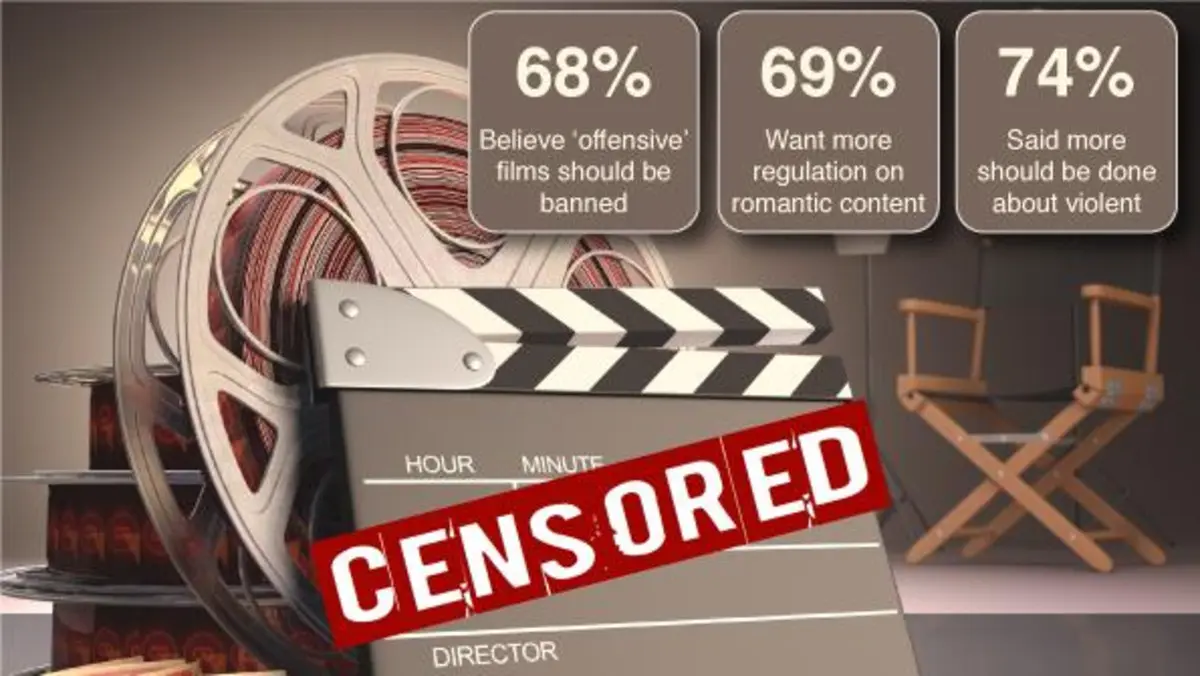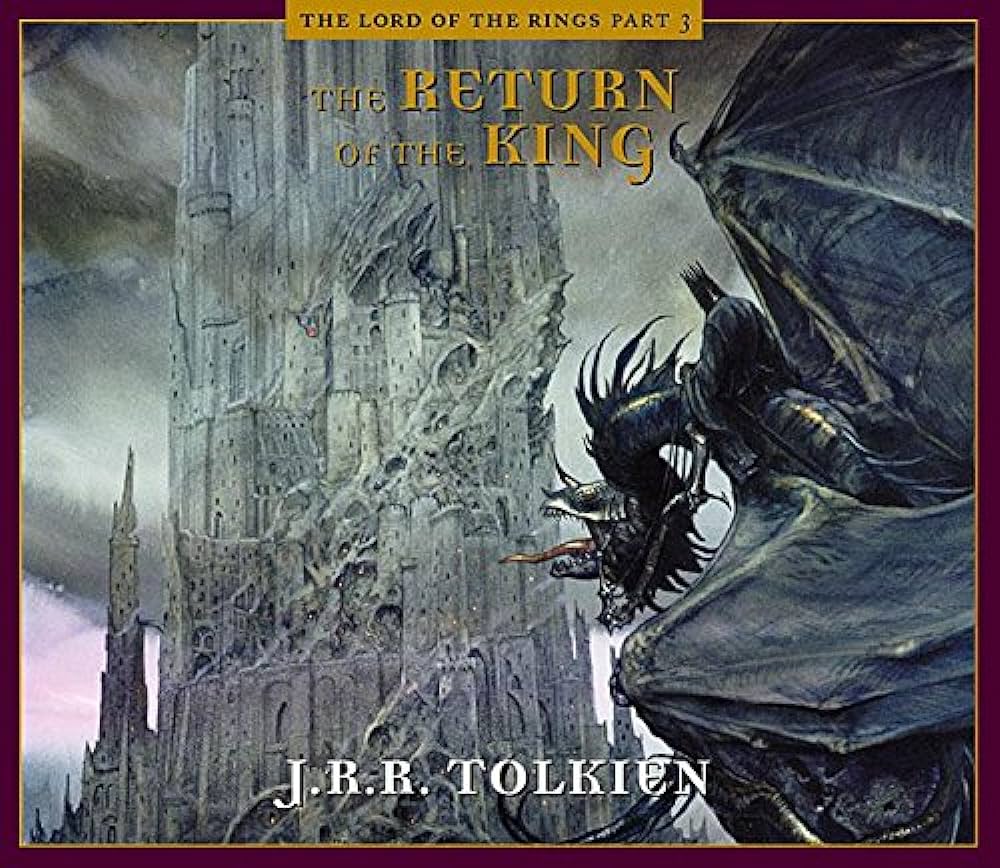Analyzing The Interaction Between Movie Ratings and Censorship
Dive into the intriguing world of movie ratings and censorship analysis. Uncover the hidden truths behind film classification and content .

Exploring the Significance of Movie Ratings and Censorship
In the vast realm of cinema, movie?ratings and censorship?play pivotal roles in shaping the cinematic landscape. They serve as guidelines, guardians, and gatekeepers, ensuring that films reach their intended audiences while adhering to societal standards and values. This essay delves into the multifaceted role of movie ratings and censorship, shedding light on their historical evolution, impact on artistic expression, cultural significance, and the ongoing debates surrounding them.
The Historical Evolution of Movie Ratings and Censorship
1.1 The Early Days of Censorship Movie censorship has a long history dating back to the early 20th century when cinema first emerged as a popular entertainment medium. Early censorship efforts aimed to protect public morals and maintain social order. These restrictions were enforced through city ordinances and the infamous Hays Code in Hollywood, which strictly governed film content for decades.
1.2 Emergence of Movie Ratings As the medium of cinema evolved, so did the need for a more nuanced approach to content regulation. The Motion Picture Association of America (MPAA) introduced the film rating system in 1968, replacing the rigid Hays Code. This system classified films into categories such as G (General Audiences), PG (Parental Guidance), PG-13 (Parents Strongly Cautioned), R (Restricted), and NC-17 (Adults Only) based on their content. This transition marked a shift from censorship to informed choice for audiences.
The Purpose of Movie Ratings
2.1 Protecting Vulnerable Audiences One primary function of movie ratings is to safeguard vulnerable audiences, especially children, from exposure to inappropriate content. Ratings offer parents valuable information to make informed decisions about what films are suitable for their children's age and maturity levels.
2.2 Facilitating Informed Choices?Ratings empower?individuals to make choices aligned with their preferences and sensibilities. By providing content descriptors, such as violence, sexual content, or strong language, they offer viewers a clear picture of a film's content, allowing them to select films that align with their comfort levels.
The Impact on Artistic Expression
3.1 The Tug of War Between Art and Censorship One of the most significant debates surrounding movie ratings and censorship centers on their impact on artistic expression. Filmmakers often find themselves navigating the fine line between artistic freedom and adhering to rating guidelines. Some argue that ratings can stifle creativity by discouraging filmmakers from tackling controversial or thought-provoking subjects.
3.2 Artistic Freedom vs.?Commercial Viability Filmmakers?must often make decisions about the content of their films based on commercial viability. The desire to reach a wider audience and secure a more favorable rating can lead to compromises in storytelling, potentially diluting the artistic vision.
The Cultural Significance of Movie Ratings and Censorship
4.1?Reflecting Societal Values?Movie ratings and censorship reflect the prevailing societal values and norms of a given time. They serve as mirrors, capturing the cultural sensibilities, taboos, and evolving perspectives of the era. As societal norms change, so do the boundaries of what is considered acceptable in cinema.
4.2 Cultural Variations It's important to note that movie ratings and censorship vary significantly across cultures and countries. What may be deemed acceptable in one culture might be heavily censored or restricted in another. This cultural relativity highlights the complex interplay between cinema, censorship, and cultural diversity.
Controversies and Challenges
5.1 Inconsistencies and Subjectivity Movie ratings often face criticism for being inconsistent and subjective. The interpretation of content can vary from one reviewer or censor board to another, leading to disputes and confusion regarding why a particular rating was assigned.
5.2 Evolving Standards and Digital Challenges In the age of digital media, online platforms and streaming services have challenged traditional rating systems. Content accessible through the internet often escapes the scrutiny of rating boards, raising questions about the effectiveness of traditional censorship methods in a digital era.
The Future of Movie Ratings and Censorship
7.1?Technological Advances?and Automation The future of movie ratings and censorship is likely to be heavily influenced by technological advances. Machine learning and artificial intelligence can assist in automating the content evaluation process, making it more consistent and objective. Algorithms can help identify and categorize various elements, aiding in the assignment of ratings and content warnings.
7.2 Globalization and Cross-Cultural Sensitivities As the world becomes increasingly interconnected, the need for a global perspective on movie ratings and censorship becomes more evident. Filmmakers and content creators are now producing content for a global audience, which means navigating diverse cultural sensitivities and regulatory environments. The challenge will be to create systems that respect cultural diversity while maintaining a degree of consistency.
7.3 Public Involvement and Transparency To address concerns about subjectivity and inconsistencies, some advocate for greater transparency in the rating process. Involving the public in rating decisions, as well as providing clearer guidelines on how ratings are determined, can enhance accountability and trust in the system. This approach can also encourage more open discussions about the societal impact of cinema.
7.4 Balancing Freedom and Responsibility Balancing artistic freedom and societal responsibility will remain a central challenge for movie ratings and censorship. Striking the right equilibrium between allowing creative expression and protecting audiences, especially vulnerable ones, is essential. A continued dialogue among filmmakers, regulators, and the public will be vital in shaping these standards.
Movie ratings and censorship have evolved over the years, transforming from rigid censorship to a more nuanced rating system. They serve important functions, such as protecting vulnerable audiences and aiding informed choices. However, they also face ongoing debates regarding their impact on artistic expression and their ability to adapt to evolving cultural norms and digital platforms.
As cinema continues to evolve, so too will the role of movie ratings and censorship. Striking a balance between safeguarding audiences and preserving artistic freedom will remain a complex challenge, one that reflects the ever-shifting landscape of our society's values and beliefs.
What's Your Reaction?












